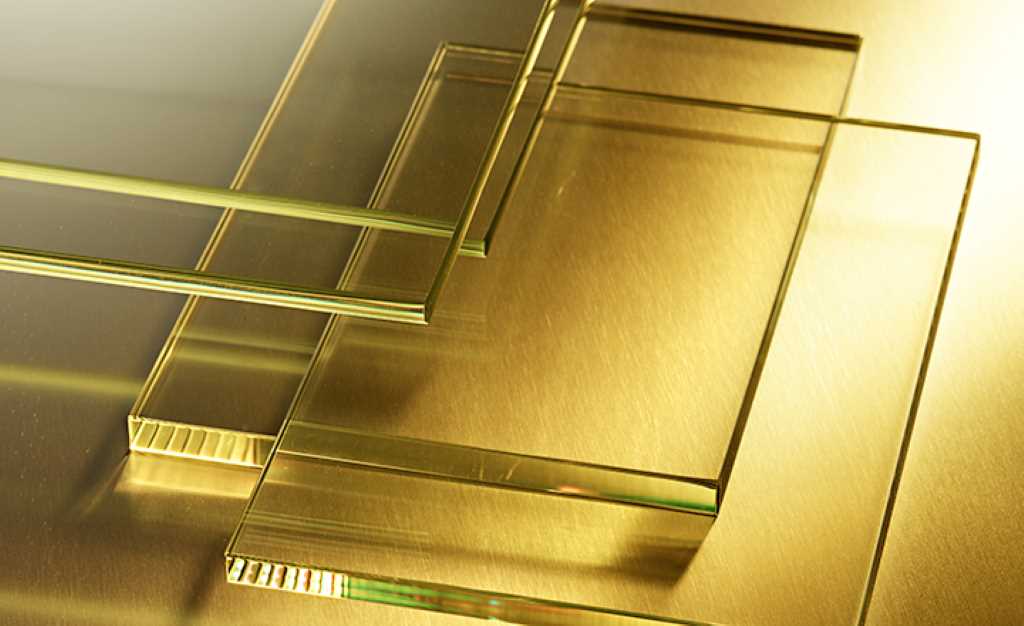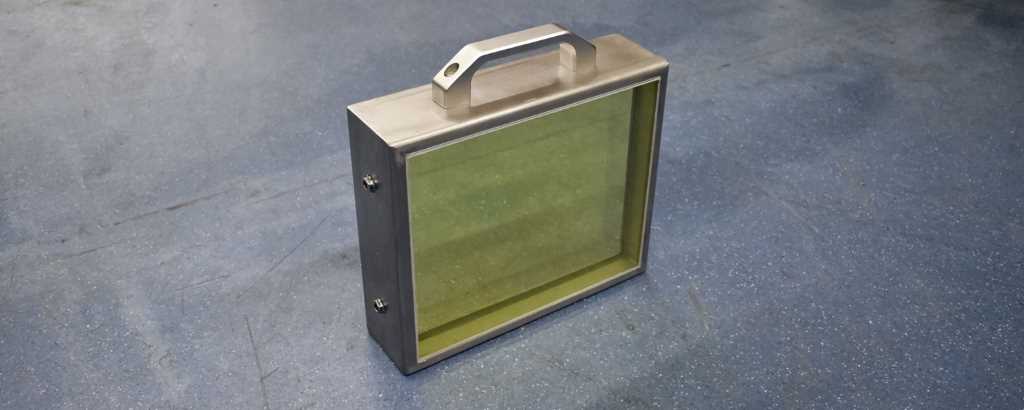Radiation is an invisible force that surrounds us, originating from both natural and man-made sources. While some radiation is harmless, others like X-rays and gamma rays can be detrimental to our health. To protect ourselves from these harmful rays, various shielding materials have been developed, one of which is lead glass. But can lead glass truly block radiation? And how effective is it compared to other materials? Let’s delve into the world of radiation shielding and explore the unique properties of the glass.
Understanding Radiation and its Types
Before we can evaluate the effectiveness of the glass as a radiation shield, it is important to understand the different types of radiation. Understanding this can help block out the noise surrounding radiation safety discussions.
- Alpha radiation: Consists of two protons and two neutrons, easily stopped by a sheet of paper or even the outer layer of our skin.
- Beta radiation: Made up of high-energy electrons, can penetrate the skin but is stopped by thin layers of metal or plastic.
- Gamma radiation: High-energy photons, similar to X-rays, with strong penetrating power. It requires denser materials like lead or concrete for effective shielding.
- X-rays: A form of electromagnetic radiation, similar to gamma rays, commonly used in medical imaging.
Lead Glass: Composition and Properties
Lead glass is a type of glass that contains a high percentage of lead oxide (PbO), typically ranging from 18% to 40%. This addition of lead gives the glass its unique properties, including high density, refractive index, and the ability to attenuate certain types of radiation.
The lead atoms in the glass interact with the incoming radiation, absorbing and scattering the energy. The effectiveness of the glass in blocking radiation depends on the energy of the radiation and the thickness of the glass.
Lead Glass vs. Other Shielding Materials
Lead glass is not the only material used for radiation shielding. Other commonly used materials include lead, concrete, steel, and even water. Each material has its advantages and disadvantages depending on the application.
- Lead: Highly effective in blocking gamma and X-ray radiation, but it is dense and expensive.
- Concrete: Offers good shielding properties but requires greater thickness compared to lead.
- Steel: Provides moderate shielding for gamma rays and is often used in combination with other materials.
- Water: Can be used as a shield for neutron radiation but is less effective against gamma rays.
It offers a unique combination of properties that make it suitable for specific applications. Its transparency allows for visual inspection, which is important in medical imaging and nuclear facilities. It is also denser than regular glass, providing better shielding for high-energy radiation.
Applications of Lead Glass
Lead glass finds applications in various industries where radiation protection is crucial.
- Medical imaging: They are used in X-ray rooms and CT scan facilities to protect medical personnel from scattered radiation.
- Nuclear facilities: The windows are used in hot cells and glove boxes to allow for visual inspection of radioactive materials while providing radiation shielding.
- Research laboratories: These glass shields are used to protect researchers from radiation sources during experiments.
- Aerospace industry: The glass is used in spacecraft windows to shield astronauts from cosmic radiation.
Limitations of Lead Glass
While lead glass is effective in attenuating certain types of radiation, it has its limitations.
- High-energy radiation: Lead glass may not be sufficient for shielding very high-energy gamma rays. In such cases, thicker lead or concrete shielding may be necessary.
- Neutron radiation: Lead glass is not effective in shielding neutron radiation. Other materials like water or concrete are better suited for this purpose.
- Environmental concerns: Lead is a toxic heavy metal, and improper disposal of lead glass can pose environmental risks.
Conclusion
Lead glass plays a crucial role in radiation protection, offering a unique combination of transparency and shielding properties. While it may not be suitable for all types of radiation, its applications in medical imaging, nuclear facilities, and research laboratories highlight its importance in safeguarding human health and safety.
As technology advances, new materials and methods for radiation shielding are continuously being developed. However, the glass remains a valuable tool in our arsenal against the invisible dangers of radiation.




